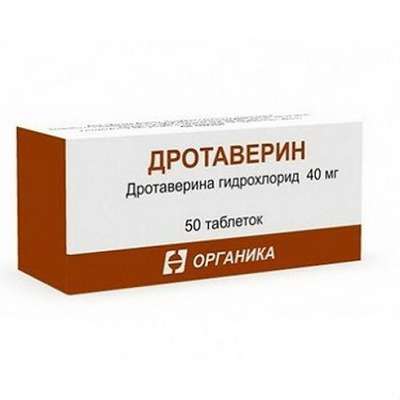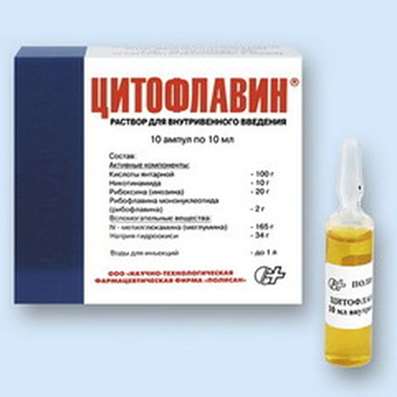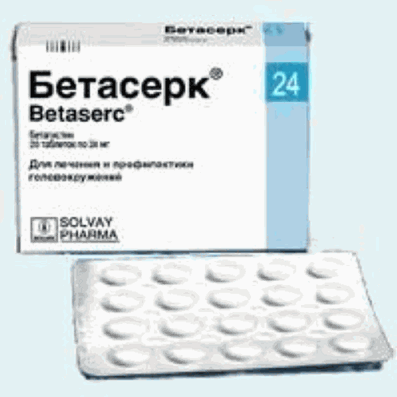Instruction for use: Anekain
I want this, give me price
Dosage form: solution for injection
Active substance: Bupivacaine
ATX
N01BB01 Bupivacaine
Pharmacological group:
Local Anesthetics
The nosological classification (ICD-10)
Z100.0 * Anesthesiology and premedication: Abdominal surgery; Adenomectomy; Amputation; Angioplasty of the coronary arteries; Carotid artery angioplasty; Antiseptic treatment of skin in wounds; Antiseptic treatment of hands; Appendectomy; Atheroctomy; Balloon coronary angioplasty; Vaginal hysterectomy; Venous bypass; Interventions on the vagina and cervix; Interventions on the bladder; Interference in the oral cavity; Reconstructive-reconstructive operations; Hand hygiene of medical personnel; Gynecological Surgery; Gynecological interventions; Gynecological operations; Hypovolemic shock during surgery; Disinfection of purulent wounds; Disinfection of the edges of wounds; Diagnostic Interventions; Diagnostic procedures; Diathermocoagulation of the cervix; Long-term surgeries; Replacement of fistulous catheters; Infection in orthopedic surgical interventions; Artificial heart valve; Kistectomy; Short-term outpatient surgery; Short-term operations; Short-term surgical procedures; Cryotyreotomy; Blood loss during surgical interventions; Bleeding during surgery and in the postoperative period; Laser coagulation Laserocoagulation; Laser retinopathy of the retina; Laparoscopy; Laparoscopy in gynecology; Likvornaya fistula; Small gynecological operations; Small surgical interventions; Mastectomy and subsequent plastic surgery; Mediastinotomy; Microsurgical operations on the ear; Mukinging operations; Suturing; Minor surgery; Neurosurgical operation; Eclipse of the eyeball in ophthalmic surgery; Orchiectomy; Pancreatectomy; Pericardectomy; The rehabilitation period after surgical operations; Reconvalence after surgical intervention; Percutaneous transluminal coronary angioplasty; Pleural Thoracocentesis; Pneumonia postoperative and post traumatic; Preparing for surgical procedures; Preparing for a surgical operation; Preparation of the surgeon's arms before surgery; Preparation of the colon for surgical interventions; Postoperative aspiration pneumonia in neurosurgical and thoracic operations; Postoperative nausea; Postoperative hemorrhage; Postoperative granuloma; Postoperative shock; Early postoperative period; Myocardial revascularization; Resection of the apex of the tooth root; Resection of the stomach; Bowel resection; Resection of the uterus; Liver resection; Small bowel resection; Resection of a part of the stomach; Reocclusion of the operated vessel; Gluing of tissues during surgical interventions; Suture removal; Condition after eye surgery; Condition after surgery in the nasal cavity; Condition after gastrectomy; Condition after resection of the small intestine; Condition after tonsillectomy; Condition after removal of duodenum; Condition after phlebectomy; Vascular Surgery; Splenectomy; Sterilization of surgical instrument; Sterilization of surgical instruments; Sternotomy; Dental surgery; Dental intervention on periodontal tissues; Strumectomy; Tonsillectomy; Thoracic surgery; Total gastrectomy; Transdermal intravascular coronary angioplasty; Transurethral resection; Turbinectomy; Removal of a tooth; Cataract removal; Removing Cysts; Removal of tonsils; Removal of myoma; Removal of mobile milk teeth; Removal of polyps; Removal of a broken tooth; Removal of the uterus; Removal of seams; Urethrotomy; Fistula of the luminal ducts; Frontoetmoidogamotomy; Surgical infection; Surgical treatment of chronic ulcers of extremities; Surgery; Surgery in the anus; Surgery on the large intestine; Surgical practice; Surgical procedure; Surgical interventions; Surgical interventions on the digestive tract; Surgical interventions on the urinary tract; Surgical interventions on the urinary system; Surgical interventions on the genitourinary system; Surgical intervention on the heart; Surgical procedures; Surgical operations; Surgical operations on veins; Surgical intervention; Vascular Surgery; Surgical treatment of thromboses; Cholecystectomy; Partial resection of the stomach; Extraperitoneal hysterectomy; Percutaneous transluminal coronary angioplasty; Percutaneous transluminal angioplasty; Coronary artery bypass grafting; Extirpation of the tooth; Extirpation of infant teeth; Extirpation of pulp; Extracorporeal circulation; Extraction of the tooth; Extraction of teeth; Extraction of cataracts; Electrocoagulation; Endourological interventions; Episiotomy; Ethmoidotomy; Complications after tooth extraction
Composition and release form
Solution for injection 1 ml
bupivacaine hydrochloride 5 mg
in bottles of 20 ml; in the box there are 5 bottles.
Description of dosage form
Colorless solution.
Pharmacological group:
Mode of action - local anesthetic.
Stabilizes membranes of axons and prevents the occurrence and conduct of a nerve impulse.
Pharmacodynamics
With spinal anesthesia causes a moderate relaxation of the muscles of the lower extremities of 2-2.5 hours duration. With intercostal blockade, the action lasts 7-14 hours; with epidural blockade - 3-4 hours; with blockade of abdominal muscles - 45-60 minutes.
Clinical Pharmacology
Anesthesia occurs in 5-10 minutes. The analgesic effect continues after anesthesia has ceased, which reduces the need for postoperative painkillers.
Indication of the drug Anekain
Local anesthesia (especially if necessary for prolonged action): epidural, caudal and conductive anesthesia; anesthesia in the direction of dislocation of the joints of the upper and lower extremities; local infiltration anesthesia.
Contraindications
Hypersensitivity, paracervical block-anesthesia with obstetric aid (bradycardia and fetal death possible), intravenous regional anesthesia.
Application in pregnancy and lactation
Carefully.
Side effects
Excitation, anxiety, dizziness, ringing in the ears, visual impairment, tremor, convulsions, nausea, vomiting, chills, narrowing of the pupils, suppression of contractility and myocardial conductivity, decrease in stroke volume, bradycardia, hypotension, ventricular arrhythmias (tachycardia, fibrillation); allergic reactions (redness, urticaria, itching, sneezing, angioedema, including laryngeal edema, tachycardia, sweating, fever, etc.), incl. signs of anaphylactoid and syncopal conditions.
Interaction
MAO inhibitors, feniprazine, prazosin, beta-blockers may increase toxicity (due to influence on release); Barbiturates reduce the concentration (due to the induction of hepatic enzymes).
Dosing and Administration
Epidural anesthesia - 10-20 ml (50-100 mg).
Caudal anesthesia is 15-30 ml (75-150 mg).
Peripheral blockades - 5-30 ml (25-150 mg).
The drug is prescribed in the minimum dose, which can cause the necessary anesthesia. Single dose should not exceed 150-175 mg (2 mg / kg). For most cases, only one dose of the drug is sufficient. However, if necessary, bupivacaine can be re-introduced after 3-6 hours, while the daily dose should not exceed 400 mg. Such doses are applicable to healthy adults weighing 70 kg or more. The drug is administered slowly, with multiple aspiration and at the lowest possible dose.
After opening the vial, the drug should be used immediately!
Precautionary measures
It is not recommended to appoint children under 12 years. Individual dose selection is required in the elderly, patients with mental development disorders, hypotension, intracardiac blockades, cardiovascular insufficiency. Particular caution is required for repeated use in patients with renal and hepatic insufficiency. Do not mix with other local anesthetics and alkaline substances. After opening, the vial should be used immediately.
Conditions for storing Anekain
At a temperature of 15-25 ° C.
Keep out of the reach of children.
Shelf life of Anekain
3 years.
Do not use after the expiry date printed on the package.

 Cart
Cart





